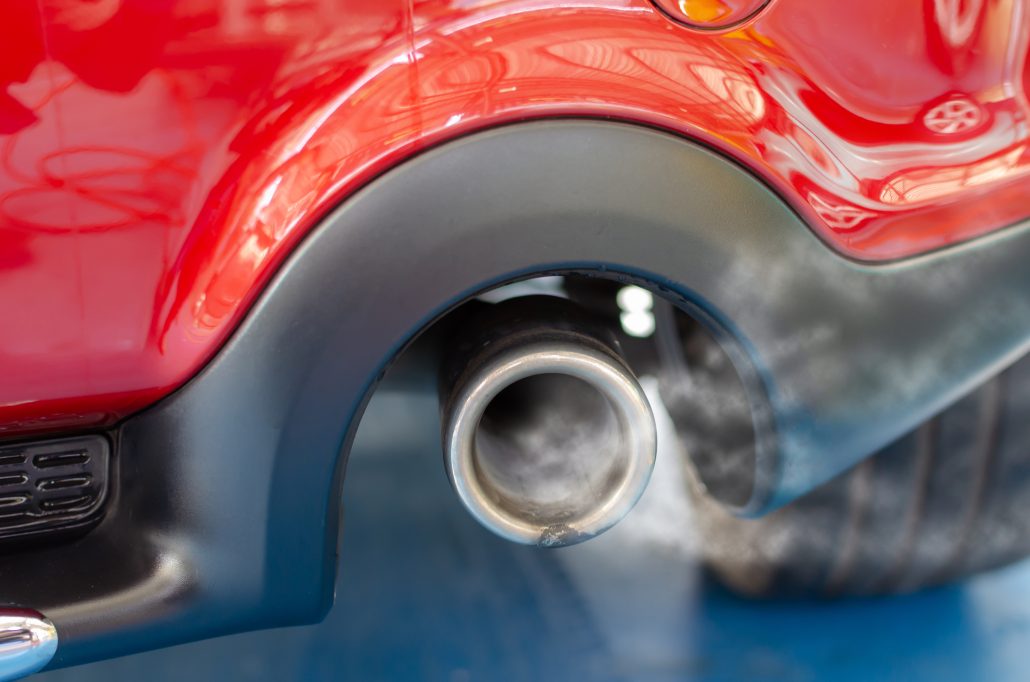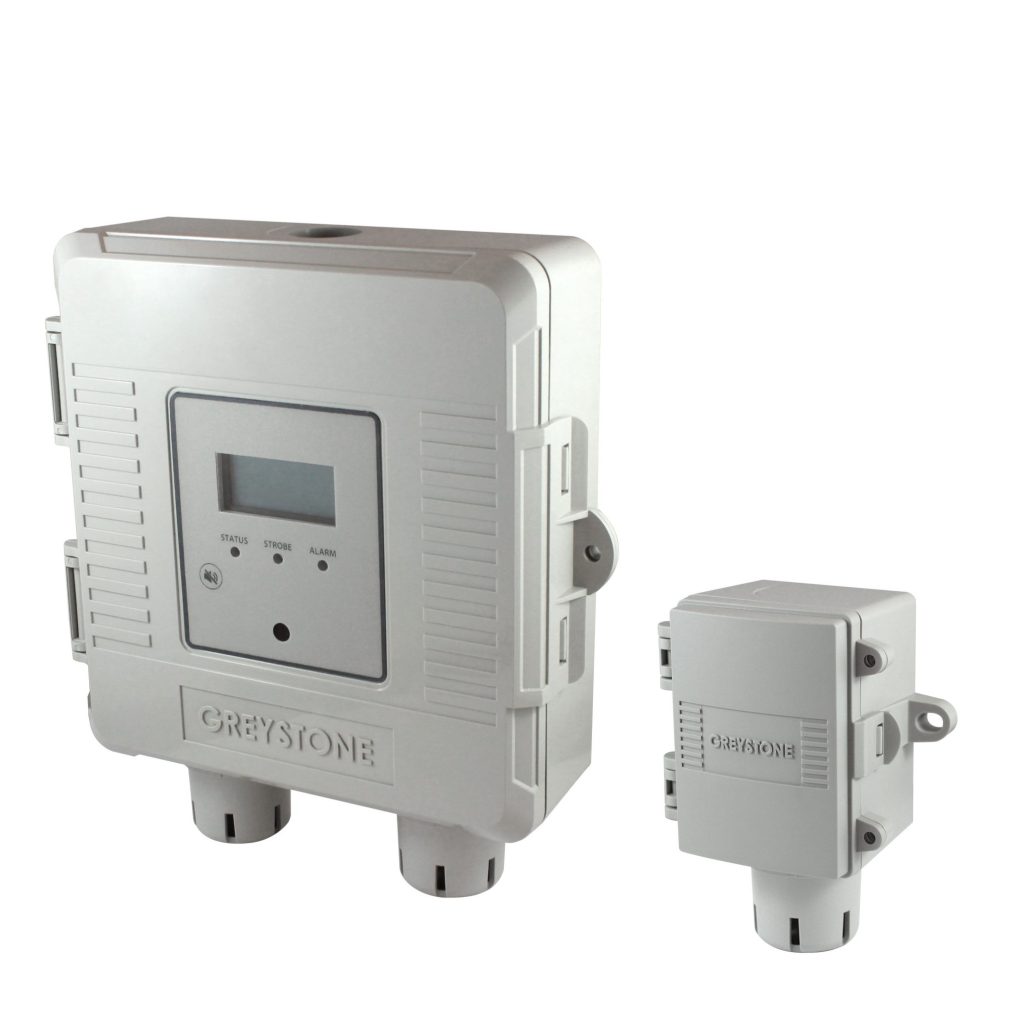Carbon monoxide is a colorless, odorless, tasteless gas produced by burning gasoline, wood, propane, charcoal or other fuel. Improperly ventilated appliances and engines, particularly in a tightly sealed or enclosed space, may allow carbon monoxide to accumulate to dangerous levels.
Carbon monoxide is harmful when breathed because it displaces oxygen in the blood and deprives the heart, brain and other vital organs of oxygen. Large amounts of CO can overcome you in minutes without warning — causing you to lose consciousness and suffocate.
CO poisoning can be reversed if caught in time. But even if you recover, acute poisoning may result in permanent damage to the parts of your body that require a lot of oxygen such as the heart and brain.
You may be exposed to harmful levels of CO in parking garages, boiler rooms, warehouses, petroleum refineries, pulp and paper production, and steel production.
NO2 has an acrid, ammonia-like odor that is irritating and suffocating to heavily exposed individuals. When inhaled, NO2 reacts with the moisture in the respiratory tract, resulting in the formation of nitric acid (HNO3). The nitric acid dissociates into nitrates and nitrites. At low concentrations, NO2 reacts with moisture in the upper respiratory tract, but as the exposure concentration increases, that reaction penetrates into the lower respiratory tract. An increasing respiratory rate, such as might result from exercise, also results in higher concentrations of NO2 and its products reaching deeper areas of the lung.
In the ambient atmosphere, the major sources of NO2 are the combustion of fossil fuels and motor-vehicle emissions. Indoor sources include such appliances as gas stoves, water heaters, and kerosene space heaters. In the workplace, exposures to NO2 have been reported in such occupations as electroplating, acetylene welding, agriculture, space exploration, detonation of explosives, certain military activities. In such situations, exposure concentrations can be very high. For example, in armored vehicles during live-fire tests, peak concentrations of NO2 have been measured at over 2,000 parts per million (ppm). That decreases to about 500 ppm after 1 min and decreases to about 20 ppm within 5 min.
CO / NO2 Gas Detection is Here!
Greystone Energy Systems is pleased to introduce the GDT Series CO/NO2 Transmitter fromour Gas Detection product line.
The GDT will monitor levels of carbon monoxide (CO) and/or nitrogen dioxide (NO2) to provide an early warning of elevated concentrations.
The GDT offers application flexibility with 4 configuration styles:
- Standalone CO
- Standalone NO2
- CO/NO2 Combination
- CO with remote NO2
The GDT incorporates electrochemical gas sensors that are encapsulated in sensor pods and are easily field replaced. The pods are located on the bottom of the enclosure and provide a greater area of gas sampling than devices that utilize a single vent hole.
Replacement pods come pre-calibrated and ready for installation
Available GDT Features
- Analog, BACnet® or Modbus
- LCD display for configuration and local display
- Status LED
- Optional 1 or 2 control/alarm relays
- Optional audible (buzzer) & visual (strobe) alarms
- Optional temperature sensing
The GDT is housed in an IP65 polycarbonate enclosure with a hinged and gasketed cover that provides ease of installation and access for set up and configuration.
Visit our website for more information or contact one of our experts now!





